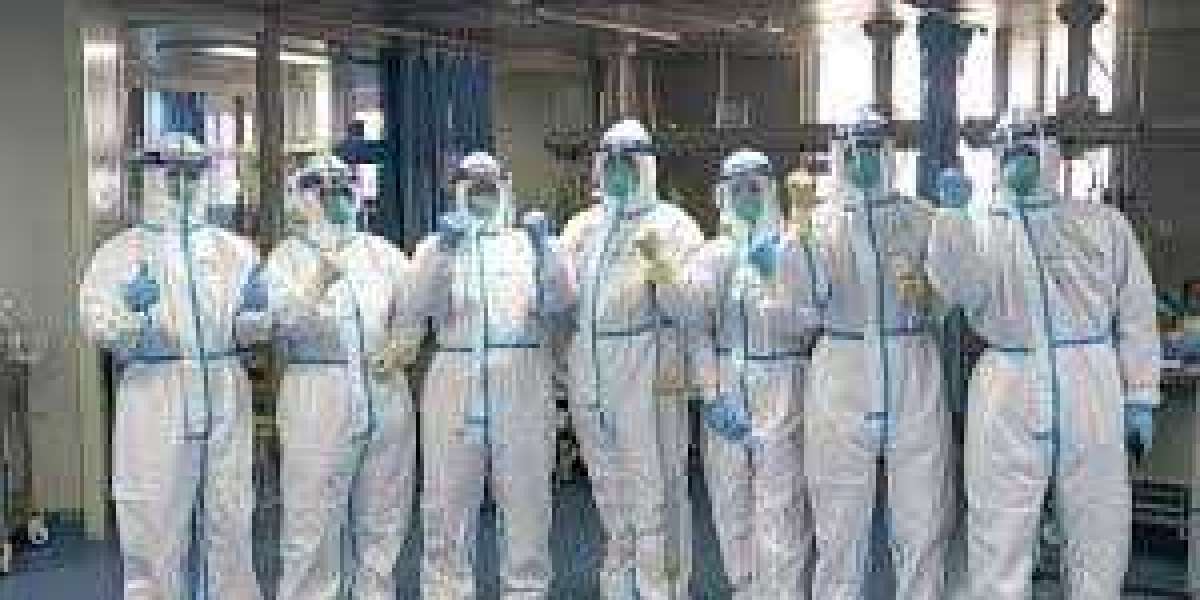Corona virus is causing havoc across the world, but Singapore has proved successful in controlling its spread. The model adopted by Singapore is being appreciated worldwide. Just two months after the corona virus spread in China, if any country outside China was affected the most, it was Singapore where by the middle of February 80 cases of infection were reported. However, Singapore developed a model for its prevention that proved to be very successful in curbing the spread of the virus.
This is the reason why not a single person has died due to corona virus in Singapore and the World Health Organization has also praised Singapore's arrangements in dealing with this worldwide epidemic.
Several steps were taken simultaneously to curb the spread of the corona virus in Singapore, including quarantining infected people and their families, as well as distance from the workplace, detention of school-colleges and educational institutions. This move from Singapore helped in reducing the number of people suffering from SARS-Kovid-2 ie corona virus infection.
According to the article 'Convention to Mitigate Early Spread of SARS-COV-2 in Singapore' published on the medical journal portal Lancet.com, SARS-COV-2 ie acute respiratory syndrome corona virus is transmitted from human to human in the Singaporean population. Influenza epidemic simulation model was adopted to assess. In this model, the risk of the epidemic was assessed by contact with people suffering from a cold.
Under this model, the cumulative increase in infection of SARS-COV-2 over 80 days was assessed in three scenarios of infection. Under these three scenarios of infection, the original number of births was kept at 1.5, 2.0 or 2.5, and it is assumed that 7.5 percent of the symptoms are not detected.
In this model, firstly in the basic scenario it is assumed that there is no intervention. The effects of the intervention were then assessed at four levels and compared to the baseline scenario. Intervention means to prevent virus infection, isolate infected people, quarantine their family, close schools, make quarantine and social distance at workplace etc.
Subsequently, they were sensitively studied by changing the symptomatic portions of the infection (22.7 percent, 30 percent 40 percent and 50 percent) and compared it to the size of the virus outbreak under the same control measures.
In the baseline scenario when the study was 1.5, the cumulative number of infections at 80 days was 2,79,000 (IQR), which corresponds to 7.4% (IQR) of Singapore's residential population. The average number of infections increased with more infections. However, the collective intervention proved to be quite effective when compared with the baseline scenario.
The mathematical method was calculated in such a way that initially when the birth was 1.5 the average number of infections was 99.3 percent, but after the intervention when the birth was 2.0 then the average of infection came down to 93 percent. Similarly, the average infection rate at 2.5 per cent of births has come down to 78.2 per cent.
(Input: Agency IANS)
Source : ZeeNews








